Solar thermal panels in cold climates are at risk of freezing in winter, so in the North, we use a glycol mix as a heat transfer fluid. This prevents panels from freezing but introduces new problems in the summer months when they are at risk of overheating.
There aretwo main types of residential solar thermal heaters; flat plate and evacuated tube. Both use a glycol mix in cold climates, and both are susceptible to overheating in summer.
We typically use less hot water in the summer, and there are more sun hours to collect heat. With reduced demand and a greater input of energy, storage tanks can reach their maximum temperature early in the day and enter a state of stagnation, creating a high-temperature and high-pressure environment.
Flat plate solar collectors can reach temperatures as high as 200°C (395°F), and evacuated-tube collectors can reach temperatures as high as 295°C (563°F). It is important to be aware that solar glycol will begin to break down when temperatures exceed 150-200°C for long periods of time. Glycol will then turn acidic and cause particulate or deposits to form; this also means you are pumping a corrosive liquid through an expensive system with metal components.
To expect a system to last for any reasonable amount of time, it will require some method to prevent overheating. That can either be an automated and mechanical solution for dumping or redirecting heat, or a manual and labour-intensive solution, like covering them during extremely hot and sunny days.
Having to cover and uncover your solar heater at regular intervals will grate on anyone’s nerves, and that’s even if they’re low and easily accessible, not to mention up on a roof. There is also the risk that you will forget to install the covers or forget to take them off and render the system useless for a period of time.
This brings us to theVitosol 200-FM flat plate collector from Viessmann. The Vitosol panel has an absorptance rate of about 95%, and an emittance rate of only about 6%. That means the majority of the available heat is not just captured and instantly lost (early panels had emittance rates well over 50%), it is captured and delivered.
维托索尔面板的创新之处是温度激活涂层(ThermProtect),它可以让收集器吸收器调节并降低效率。最简单的方式来描述这意味着什么,就是将它与那些当你从室内走到阳光下时自动着色的处方眼镜进行比较。
When the panel reaches 75°C (167°F) and above, the absorber will start to modulate, and the emittance value will increase from 6% to 40% (dependant on the temperature). This effectively reduces the performance of the solar collector and decreases the maximum temperature which it can reach.
During stagnation, the collector will remain at maximum temperature of 145°C (293°F), which is within the survivability temperature of glycol – similar to keeping your stove below the burn temperature of a cooking oil.

平板系统可用于家庭水加热,游泳池加热,或与循环辐射加热器或辐射地板相结合。在任何情况下,集热器提供的供暖需求的百分比取决于太阳能的可用性和消耗量;也就是说,你的房子有多节能,你的游泳池有多大,你消耗了多少热水。
Keep in mind that the cheapest way to ensuring a solar collector provides a high percentage of your water heating is to reduce demand – it will cost you much less to installlow-flow shower heads and fixtures那就买一块额外的面板来满足你所有的热水需求。
Solar installation angle:
大多数住宅屋顶的倾斜度在4/12到6/12之间(18.4°- 26.6°),在这些参数范围内,面板最好安装在最朝南的屋顶倾斜的屋顶平台上。这既是出于美学上的考虑,也是出于功能上的考虑——平放在屋顶平台上的光滑面板不那么突兀,而且它们在强风中受损的可能性也较小,或者需要在工程上安全地安装到屋顶桁架上。
We would strongly advise you to consult a structural engineer before installing solar collectors in an elevated position off the sloped roof. This approach is typically done to achieve better performance during the winter.
在大多数情况下,如果你的屋顶是朝南的,在4/12到6/12的范围内,不应该有任何可测量的效率损失,因为角度。根据沥青的不同,它的产量可能在夏天多一点,也可能在冬天多一点,但如果按年计算,差别并不大。然而,如果你对热量的主要需求是季节性的,比如游泳池的加热器或小屋的热水器,你会看到更多的好处,调整相应的角度。
Generally, in Canada45° - 60° degrees is considered the best overall angle for solar thermal heat collection.
Purchase:
You can purchase individual solar components separately, but buying a pre-engineered solar thermal package can make more sense than buying items ‘a la carte’. Viessmann offers two options for pre-engineered solar thermal packages - the Vitosol DHW Solar Pack, or alternatively, they will work with you to design and supply the equipment for a custom or site-specific solar thermal system.
The ‘Vitosol DHW Solar Pack’ lists for about $5,600, is delivered on a 48” x 48” x 92” skid and includes the following:
- 2x Vitosol 100-FM flat plate collectors, gross area 23.5ft (81-1/4” x 41-3/4” x 2-3/4” )
- Mounting hardware for sloped asphalt shingle roofs
- Solar pump station pre-wired and pre-plumbed to the solar tank
- 1x 18 Liter (4.7 USG) solar expansion tank with mounting bracket
- 1x 20 Liter (5.3 USG) jug of solar rated propylene glycol premixed 50%/50%
One of two solar tank options:
- Vitocell 100-W, CVBA (Dual coil allowing boiler backup; 250L enameled-steel indirect tank)
- Vitocell 100-W, CVSA (Single coil with 4.5 kW electric element backup and 260L enameled-steel indirect tank)

Total cost with installation:
The Vitosol DHW Solar Pack is relatively hassle-free to install as contractors are supplied with all the necessary components to put the system together. The piping network to go from the collectors to the solar tank is not included in the solar packages and must be done onsite as all homes will be different. Only copper or pre-insulated stainless steel piping can be used on solar thermal systems.
A ballpark estimate for the package listed above would be about $8,000 to $9,000 installed. That would be for retrofitting an existing home but it would probably be less expensive with a new build due to the unfinished interiors.


















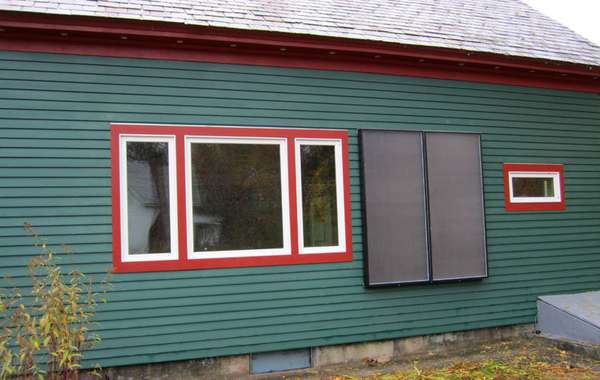
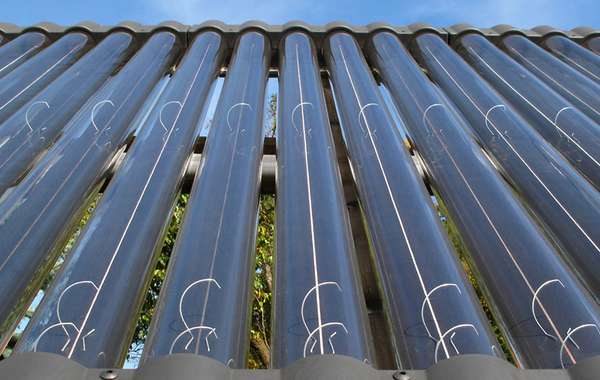
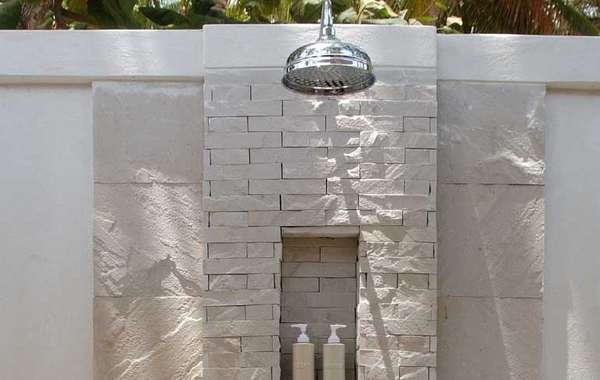
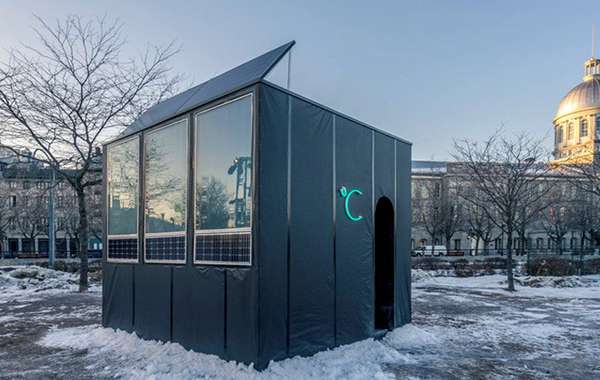
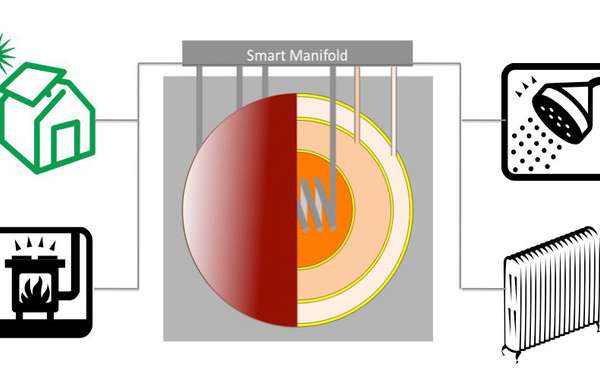
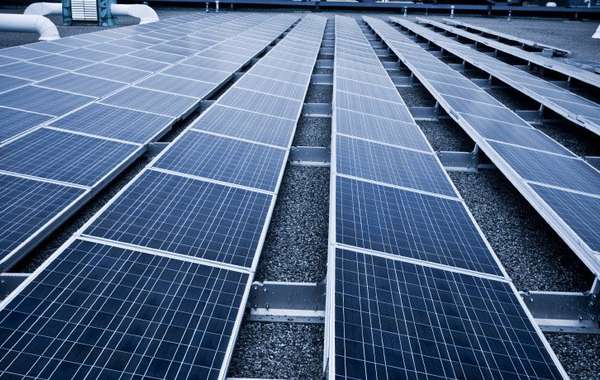
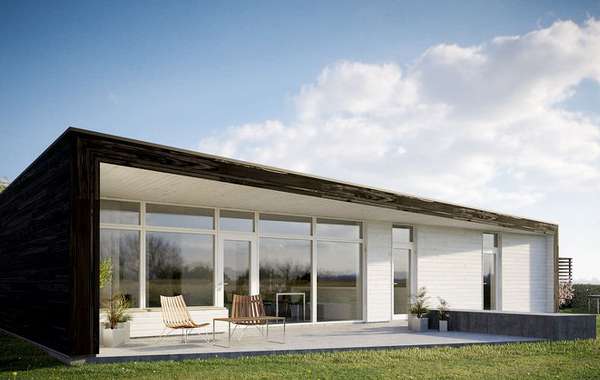
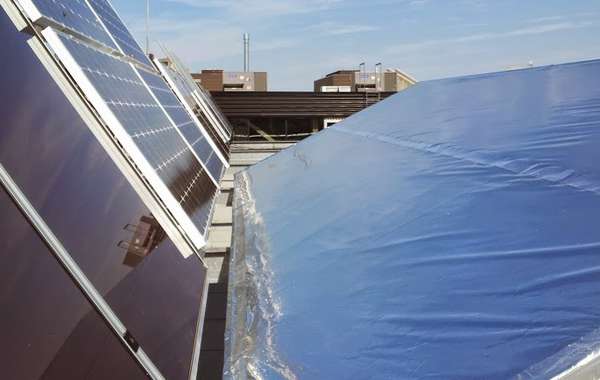
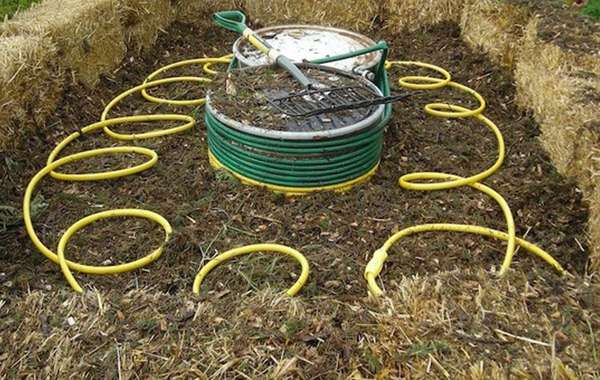
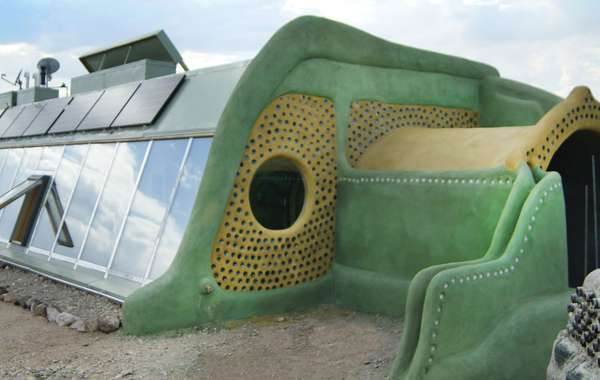
Hi Mike, I have a couple of questions: first, are the listed prices in $CDN?
And, would the Viessmann Vitosol 200-FM flat plate collector system be compatible with a tankless DHW system? (Not sure if it is relevant, but FYI, I live in the Toronto, ON area).
Thanks, Kevin